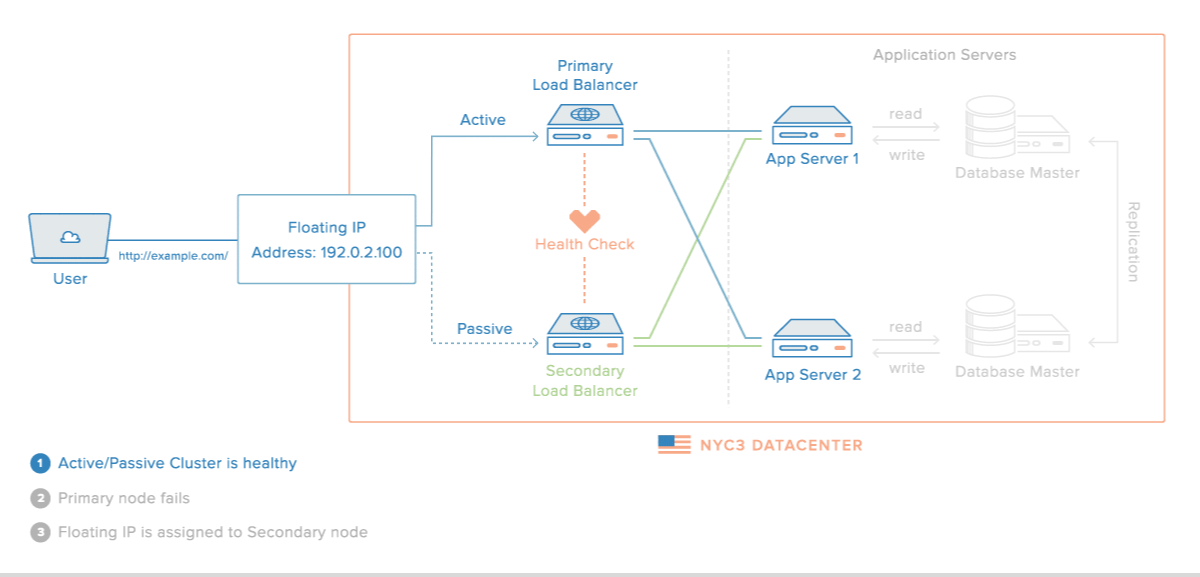I am trying to load balance a load balancer (HAProxy). Meaning i want to create a load balancer cluster/farm.
The farm would use different bindings/rules to load balance requests differently based on the rules to several other clusters with different purposes.
I cant seem to find much info on the topic, all i find is active-passive setups with just 2 instances... I need to plan for many of them, not only 2. Then I came accross this post: http://www.serverphorums.com/read.php?10,672865
which mentions:
HAProxy can share as of 1.5 its connection table, which is really a appreciated feature :)
I plan to use a Firewall with load balancing capabilities (Fortinet) to balance requests to active HAProxy instances which then in turn would load balance the requests accordingly.
So Is there a way that the connection table can be shared amongst the instances so that I can achieve true active/active load balance of the HAProxy itself?
Is there a better way?

